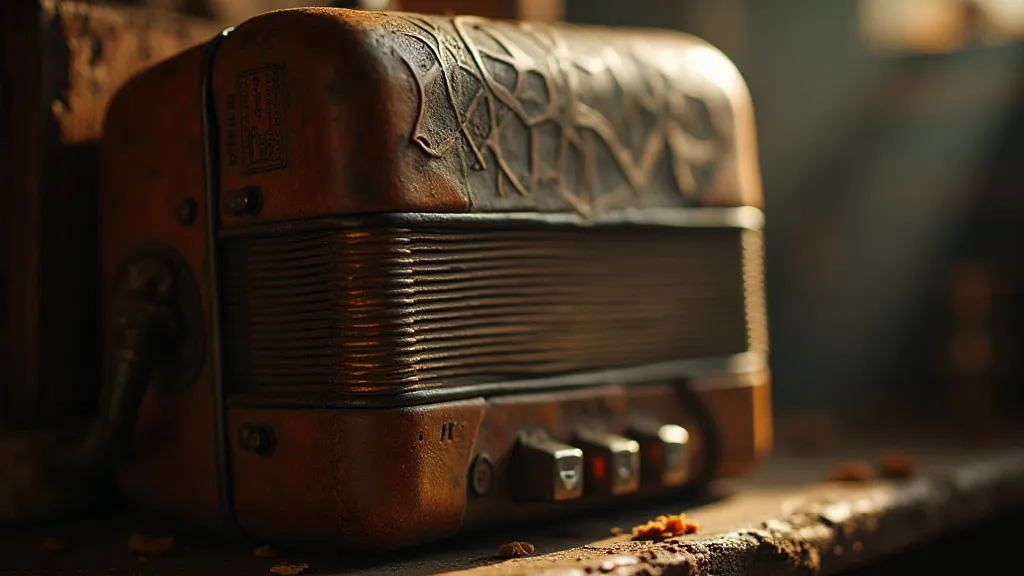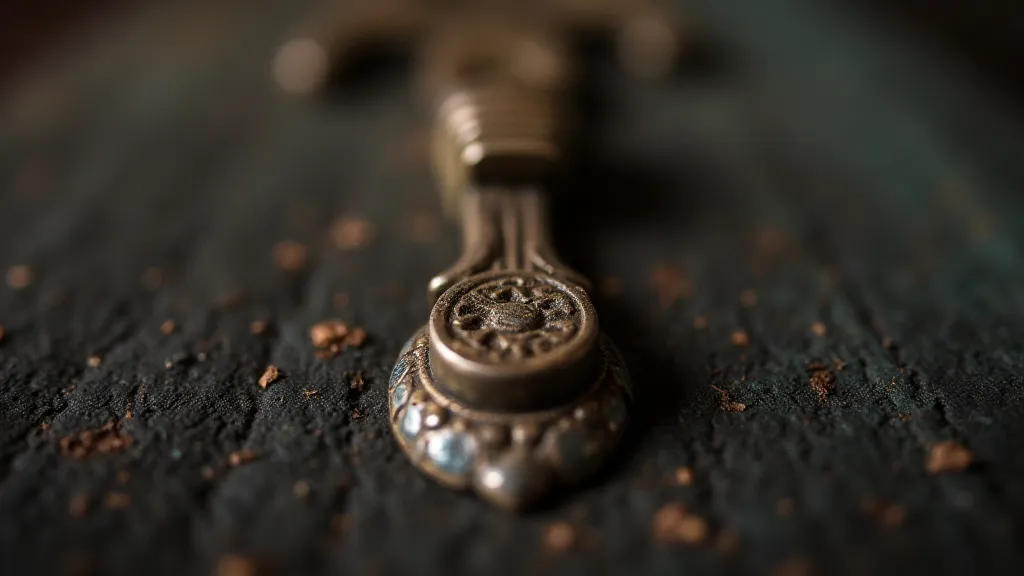Echoes in the Gold: Finding the Past in Historical Fiction
Kintsugi, the Japanese art of repairing broken pottery with gold, isn’t just a technique; it’s a philosophy. It embraces flaws, celebrates the history of an object, and finds beauty in imperfection. The cracks, once a sign of damage, become luminous veins of gold, marking a narrative of resilience and transformation. It’s a striking metaphor, and one that resonates deeply with the challenges and rewards of writing compelling historical fiction.
I've always been drawn to objects that bear the marks of time – weathered wood, faded photographs, and, particularly, antique accordions. There's a soul in those instruments, a silent witness to countless melodies, laughter, and perhaps even sorrow. My grandfather, a traveling salesman, had a battered Hohner Marine Band accordion, its bellows patched with various materials, its keys occasionally sticking. He's gone now, but I still have that accordion; it's a tangible link to his memory, a melancholic serenade of a bygone era.

The Weight of History: More Than Just Dates and Events
Writing historical fiction isn't simply about stringing together a sequence of facts. It’s about inhabiting a different time, breathing the same air as those who came before us. It's about understanding the nuances of their lives, the hopes they held, the fears that haunted them. Too often, historical narratives focus on the grand sweep of events – wars, revolutions, political upheavals – neglecting the quiet, everyday existence of ordinary people.
Consider the accordion itself. Its history is interwoven with the story of immigration, of working-class struggles, and of entertainment in a rapidly changing world. Originating in Vienna in the early 19th century, it quickly gained popularity across Europe, and then, in waves of immigration, traveled across the Atlantic to America. In the hands of Italian, Irish, Polish, and German immigrants, it became a symbol of cultural identity, a means of connection to loved ones left behind, and a source of joy in harsh, often unfamiliar surroundings. A superficial historical account might mention the accordion's invention and its rise in popularity. But a deeper understanding requires acknowledging its role in the lives of those who carried it – the anxieties of a new arrival, the comfort of familiar music, the strength drawn from shared tradition.
Finding the Gold: Integrating Historical Context
Inspired by Kintsugi’s principle of highlighting damage, the best historical fiction reveals the scars of the past. These aren't necessarily dramatic wounds, but subtle fractures—economic hardships, social inequalities, suppressed anxieties—that shaped the lives of those who lived through them. It’s not about inventing conflict, but about uncovering the inherent tensions that existed within a given historical context.
For instance, when researching a story set in post-World War I Germany, one could easily focus on the Treaty of Versailles and the hyperinflation that followed. But what about the rationing, the scarcity of resources, the psychological toll of loss? What about the women who stepped into traditionally male roles while the men were at war, and the challenges they faced when those roles were reclaimed? These are the echoes that resonate long after the headlines have faded. They are the “cracks” in the historical narrative, and they offer a fertile ground for storytelling.
Resonant Details: The Power of Sensory Experience
Beyond the broader historical context, it’s the granular details – the resonant details – that truly bring a historical setting to life. These are the sensory experiences that transport the reader to another time and place. Think about the smell of coal smoke in a Victorian London street, the feel of roughspun wool against skin, the taste of stale bread rationed during wartime.
Returning to the accordion, consider the particular smell of its aged leather and wood. It isn’t just "old;" it's a complex aroma – a blend of beeswax polish, dampness, and the faint ghost of countless melodies played within cramped rooms or bustling town squares. It's a smell that evokes memories, that triggers emotions, that connects the reader to the past in a visceral way.

Craftsmanship & Authenticity: The Art of Avoiding Anachronisms
Just as a skilled Kintsugi artist meticulously applies gold to highlight the cracks, a historical fiction writer must be equally careful to avoid anachronisms – those jarring intrusions of modern language, customs, or technology into a historical setting. This requires more than just superficial research; it demands a deep immersion in the period’s culture, attitudes, and values.
It’s not enough to know that cars didn't exist in 1900; you need to understand how people *moved* – horse-drawn carriages, trains, bicycles, or simply by walking. You need to grasp the social conventions that governed interactions, the expectations placed upon individuals, and the unspoken assumptions that shaped their worldview. This kind of meticulous attention to detail is what separates a superficial historical account from a truly immersive and authentic experience.
The Beauty of Imperfection: Embracing the Human Story
Ultimately, the goal isn’t to recreate history with perfect accuracy, but to illuminate the human story within it. Just as Kintsugi celebrates the imperfections of broken pottery, historical fiction finds beauty in the fragility of the human spirit. It acknowledges the struggles, the losses, and the compromises that define our lives, and it finds hope in the enduring power of resilience and connection.
My grandfather’s accordion isn’t a flawless masterpiece. It's a patchwork of repairs, a testament to years of use and countless journeys. But it’s precisely those imperfections—the cracks and the patches—that make it so precious. They tell a story of love, loss, and the enduring power of music. And in writing historical fiction, we strive to do the same—to find the gold within the cracks, to celebrate the beauty of imperfection, and to tell the stories that echo through time.






